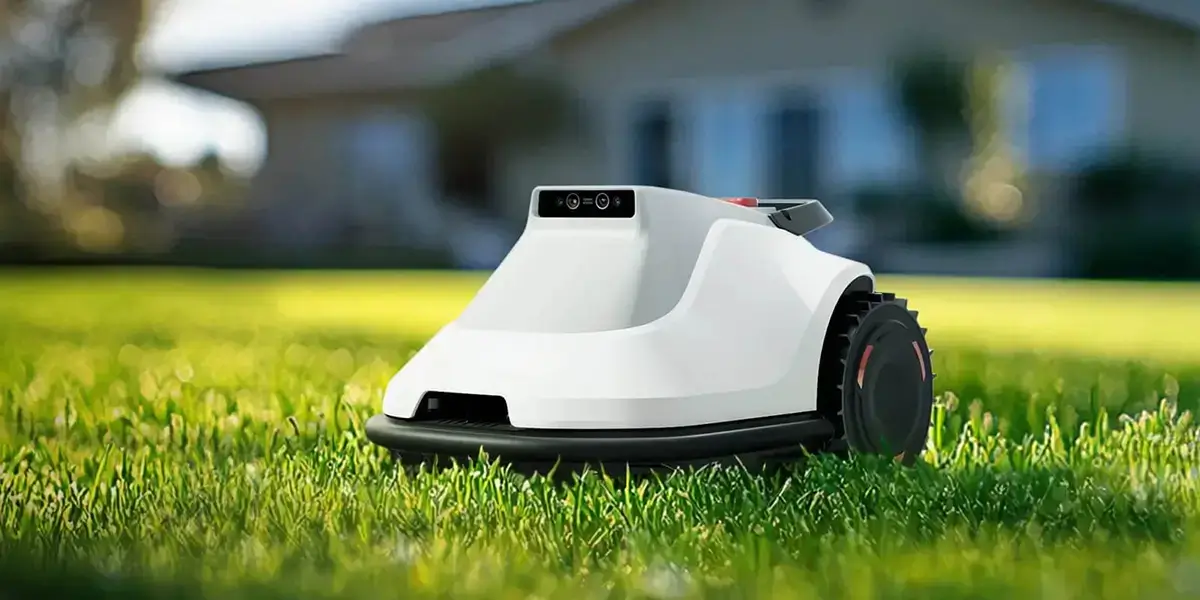Servo motors are often the unsung heroes in the world of automation, playing a crucial role in everything from robotics to industrial machines. But what exactly makes them tick? If you're curious about how servo motors work and why they are so widely used in modern technology, you're in the right place. Let's break down the basics in a way that makes sense.

First off, a servo motor is a special type of electric motor that provides precise control over position, speed, and torque. It's designed to move to a specific position and hold that position until it's instructed to move again. This precision is the key factor that sets servo motors apart from standard motors.
How does it achieve this level of control? It’s all in the feedback loop. When a servo motor is powered on, it receives a signal (usually in the form of a Pulse Width Modulation, or PWM) that tells it the desired position. Inside the motor, there’s a small sensor, often a potentiometer, which tracks the position of the motor shaft. If the motor is not in the correct position, the controller adjusts the power sent to the motor until it reaches the target.
The motor doesn't stop once it gets to the right spot. It continuously monitors its position and keeps adjusting to make sure it's holding steady. Think of it like a precision tool that keeps checking its work to avoid mistakes. This feedback loop is what makes servo motors perfect for applications that require accuracy, such as CNC machines or robotic arms that need to pick up and place items with exact precision.
Now, servo motors come in all shapes and sizes. Some are used in small hobbyist projects, while others power massive machines in factories. There are two main types: AC and DC. Both types operate on the same basic principle, but the power source varies. DC servo motors are often simpler, cheaper, and more compact, while AC servo motors tend to be used in more demanding, high-performance applications.
You might be wondering, “Why not just use a regular motor?” Well, regular motors are good for continuous motion, but they can’t offer the same level of control and precision that a servo motor provides. If you're building a system that requires accuracy, like in robotic applications, a regular motor just won’t cut it. That's where the servo motor shines.
Another benefit of servo motors is their ability to conserve energy. Since they only use power when moving, they can be more efficient than other types of motors that run constantly. This makes them an excellent choice for both reducing energy consumption and increasing the lifespan of the equipment they’re powering.
Whether you’re designing a high-tech robotic system or simply improving the efficiency of your factory floor, understanding the working principle of servo motors is key. With their precise control, energy efficiency, and reliability, servo motors continue to be indispensable in modern automation.
In a world that's rapidly evolving, servo motors are a small yet powerful part of the puzzle. So, if you're looking to level up your automation, understanding how these motors work could be the first step towards building more reliable and efficient systems.
Established in 2005, Kpower has been dedicated to a professional compact motion unit manufacturer, headquartered in Dongguan, Guangdong Province, China. Leveraging innovations in modular drive technology, Kpower integrates high-performance motors, precision reducers, and multi-protocol control systems to provide efficient and customized smart drive system solutions. Kpower has delivered professional drive system solutions to over 500 enterprise clients globally with products covering various fields such as Smart Home Systems, Automatic Electronics, Robotics, Precision Agriculture, Drones, and Industrial Automation.




































